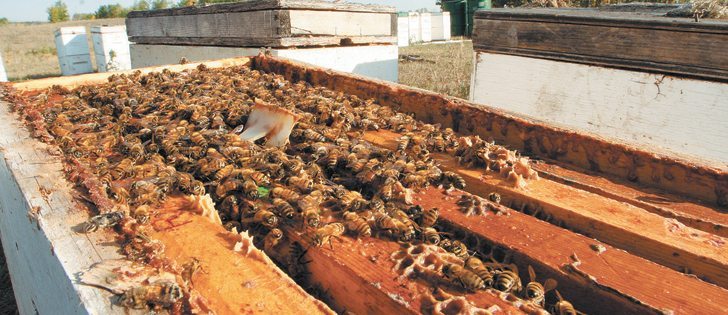Lower disease pressure was also a factor in determining the value of neonicotinoid treatments on corn and soybeans
Health Canada has determined that neonicotinoid seed treatments provide economic value for Canadian corn and soybean growers.
For corn, the national benefit is $74.2 to $83.3 million a year.
“Or about 3.2 to 3.6 percent of the national farmgate value for corn in 2013,” the department’s Pest Management Regulatory Agency said.
“The majority of these benefits appeared to be realized in Ontario and vary depending on the type of corn grown.”
As for soybeans, the PMRA estimated a national benefit of $37.3 to $51 million, or 1.5 to 2.1 percent of the farmgate value for soybeans in 2013.
Read Also

Trade war may create Canadian economic opportunities
Canada’s current tariff woes could open chances for long-term economic growth and a stronger Canadian economy, consultant says — It’s happened before.
The calculations mean neonics add $111 to $134 million to corn and soybean production in Canada.
PMRA officials released the estimates Jan. 6 as part of a value assessment of corn and soybean seed treated with clothianidin, imidacloprid and thiamethoxam.
Bayer manufactures clothianidin and imidacloprid, selling them under the brand names Poncho and Gaucho. Thiamethoxam is a Syngenta product known as Cruiser.
Financial benefits were calculated based on yield losses associated with pest pressure on corn and beans.
The PMRA estimates for neonics and soybeans are much higher than U.S. Environmental Protection Agency calculations. In 2014, the EPA concluded that neonic seed treatments provide little or no financial value to soybean growers.
The EPA said the economic benefit of neonics on soybeans is .14 percent nationally.
In contrast, the Conference Board of Canada said in a 2014 report that neonic seed treatments provide significant economic value.
It said restricting the use of neonics in Ontario would reduce revenues from corn and soybean production by $630 million annually.
PMRA economists considered the Conference Board information in its analysis, but they also relied on provincial government data, agronomists, grower associations, scientific journals, proprietary data and the EPA.
















